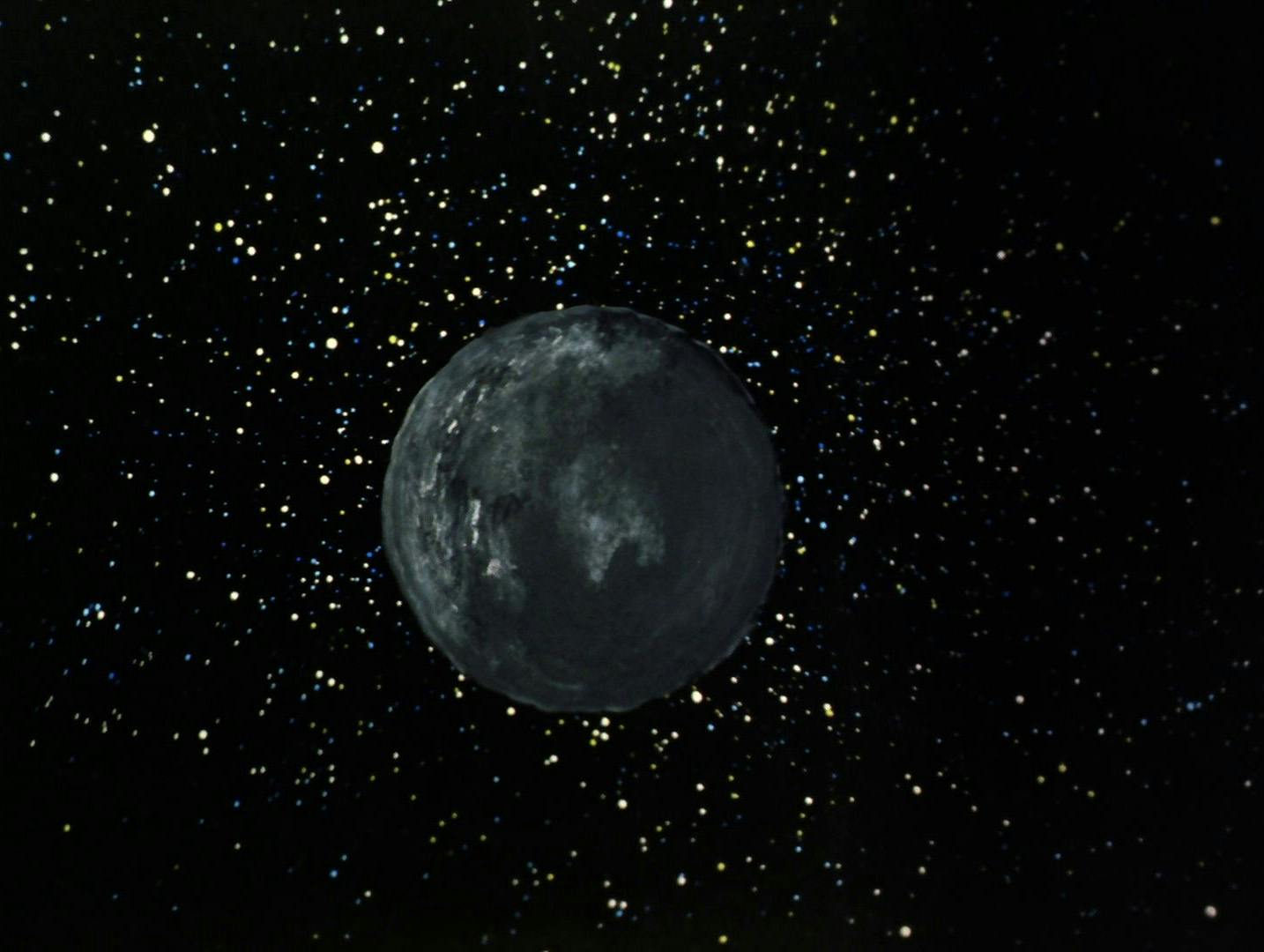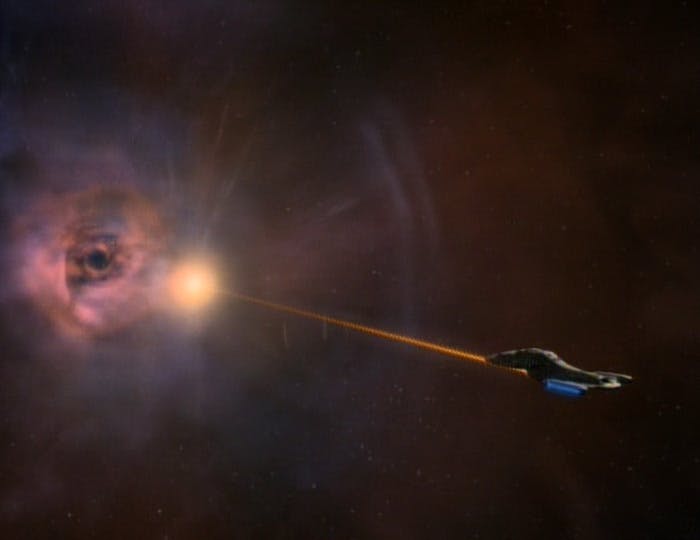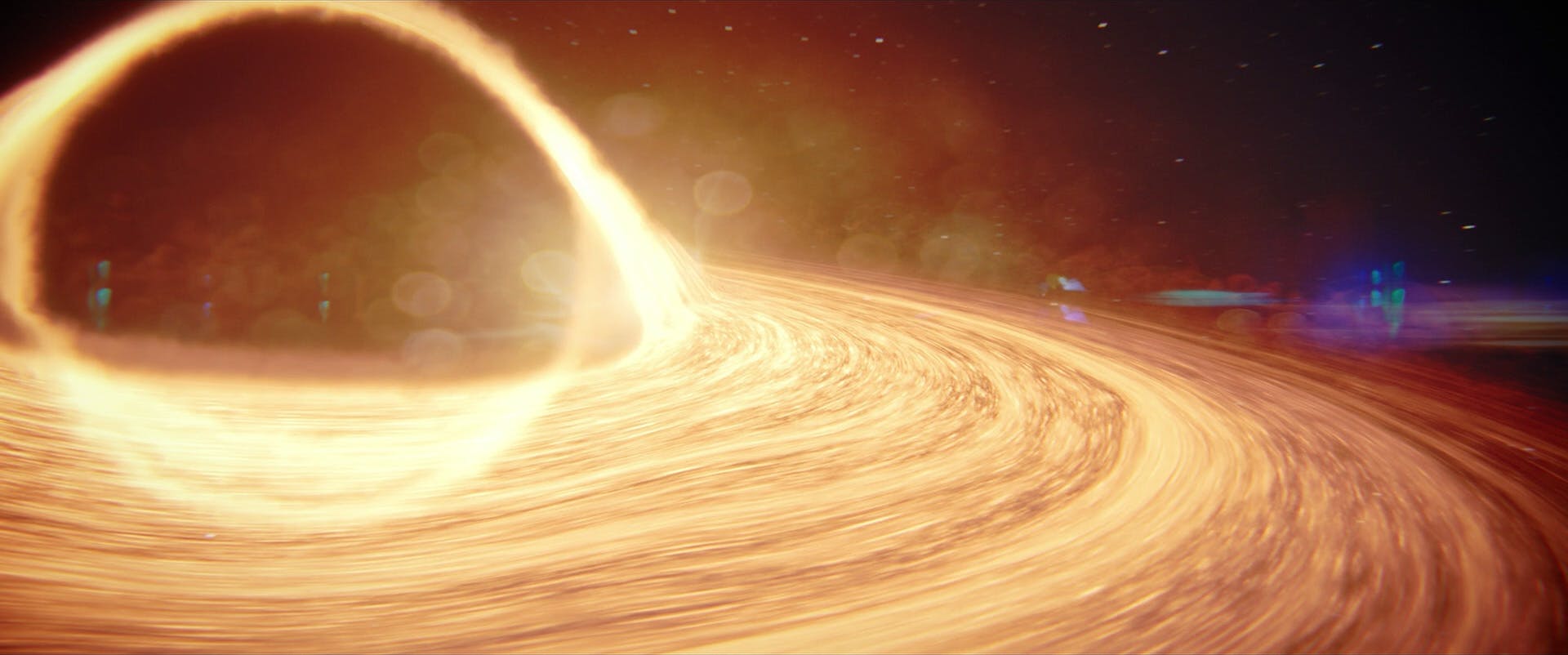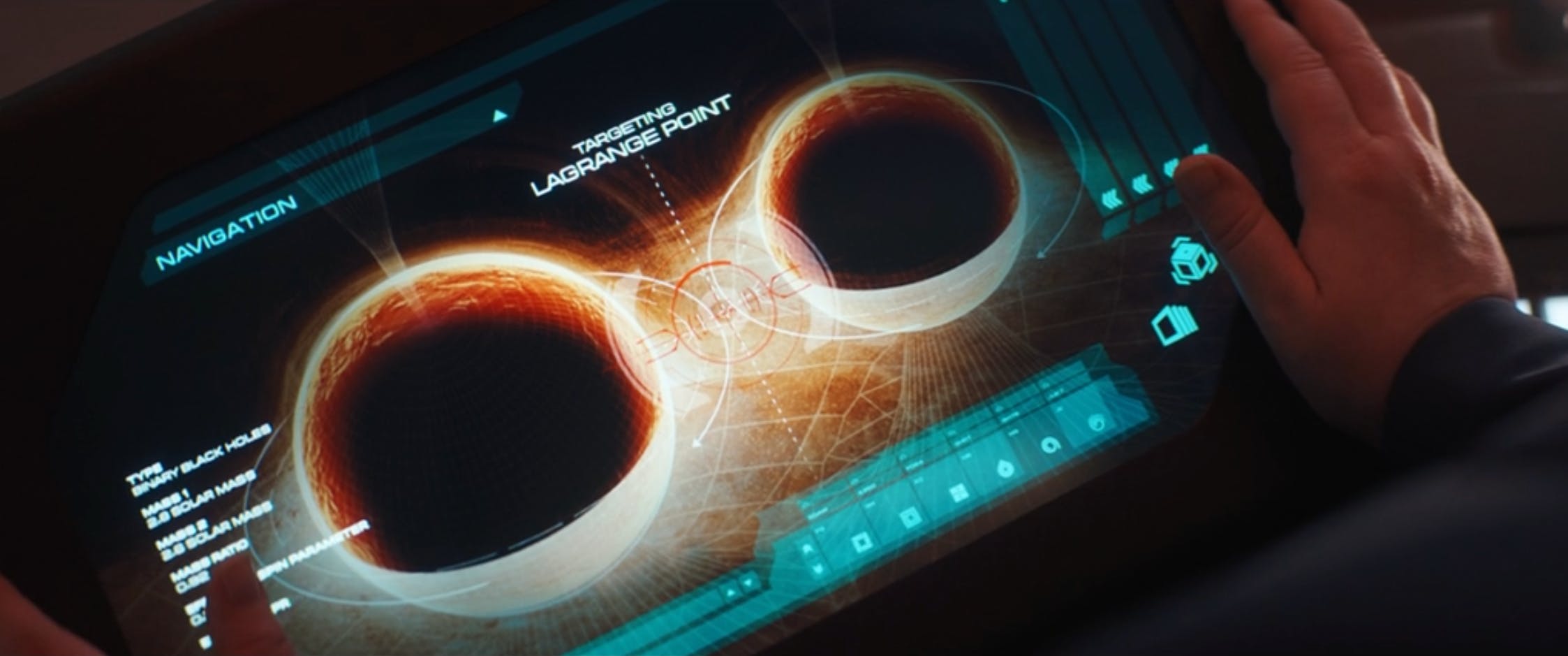Published May 29, 2024
The Darkest Treks: Star Trek's Closest Calls with Black Holes
From lost probes to ancient treasure, Starfleet's encounters with black holes require science know-how and faith of the heart.
This article contains story details and plot points for Star Trek: Discovery's "Lagrange Point."

StarTrek.com
As the journey of comes close to reaching its endpoint, the eponymous starship and crew have found themselves at the end of a very long road. In the search for the technology left behind by the mysterious , we learn that the technology itself has been hidden at a specific spot, right in a tricky place, between two black holes. In scientific terms, this is called a "," which is where the episode gets its name and refers to a location in space between two bodies in which gravitational attraction and repulsion are enhanced, creating what NASA calls "parking spots," in space.
In this case, the two bodies that have created a small parking spot are two black holes, rendered in all their glory, resembling what physicist Kip Thorne posits black holes would really look like if observed from a spaceship. But, Star Trek has been thinking about black holes, long before current science was really sure what they might look like, and, as such, Starfleet's history with this phenomenon goes deep. So deep, you might say, that light can't even escape!
Here's a brief history of Star Trek's best black hole adventures, and how these wonderfully mysterious phenomena continue to pull us in.
Voyager 6… I Presume?

Star Trek: The Motion Picture
StarTrek.com
In , the crew of the Enterprise learn that a giant machine intelligence known as V'Ger is really a mash-up of an ancient alien lifeform and an old Earth space probe called Voyager 6. Decker tells us that the probe "disappeared into what they used to call a black hole." In 1979, the same year as the Disney sci-fi romp titled The Black Hole, the actual term "black hole" was still relatively new, at least in the popular consciousness. Although the etymology of "black hole," can be traced to the early 1960s, it was not until 1967 — smack-dab in the middle of the first run of — that the scientific term became more widely used. Before the 1960s, referring to a collapsed star with an unbeatable gravitational pull wasn't standardized, and as far back as the 1700s, the term "dark star" was often used instead.

"Beyond the Farthest Star"
StarTrek.com
This is why Decker says people used to call various gravitational phenomena black holes. At the time, the coinage was still fairly new! In debut episode, "Beyond the Farthest Star," the Enterprise gets into the orbit of a "dead star," which is an imprecise astronomical term, because again, at the time, black holes had just recently become fully codified as black holes.The 1967 TOS episode "," also mentions that the Enterprise uses a "black star" to create a slingshot effect and travel back in time. In theoretical physics, a "black star" is a kind of alternative theory to a black hole, but, it's also possible that in "Tomorrow is Yesterday," Starfleet merely called it a black star, and it was really a black hole.
In real life, NASA has not lost any probes to black holes, at least not that we know. But, on Voyager I and Voyager II, there is a golden record, containing various pieces of information about Earth, including an audio recording of Nick Sagan saying, "Hello from the children of planet Earth." Sagan is the son of Carl Sagan and was a writer for and .
Singularity Headaches from Voyager to Enterprise

"Parallax"
StarTrek.com
Speaking of spacecraft called "Voyager," the wayward crew in Star Trek: Voyager dealt with more than their fair share of black hole conundrums. In the second regular episode of Voyager, ever, "," they encounter an event horizon of a "quantum singularity." In physics, the center of a black hole is called a singularity, the place of infinite density. In "Parallax," the proximity to this singularity the Voyager crew believed there was another ship trapped in the same area of space, but, in reality, it was a time-delayed echo of Voyager itself.
In the episode "," the Voyager crew was able to transform a microsingularity into a full-blown black hole, and thus, destroy an attacking Hirogen ship. A few years later in Earth time — but roughly 200 years prior in Star Trek time — the episode "" found the crew of the NX-01 skirting the edge of a black hole, resulting in everyone becoming obsessed with irritating minutiae. You could say, the proximity to the singularity of a black hole made the crew single-minded.
Real Black Holes Come To Star Trek

"If Memory Serves"
StarTrek.com
As NASA has pointed out over the years, black holes are not fully understood by contemporary science, an evolving truth that is reflected over the years throughout all of Star Trek, too. This is why, it wasn't until the 2019 Discovery episode "" that we got our first Star Trek glimpse of what current science thinks a black hole might really look like. When siblings Spock and Burnham take an unauthorized road trip to Talos IV, the Talosians create an illusionary black hole around their planet to ward off the visitors. From this point, all versions of Star Trek have begun using this conception of black holes on-screen. While the red-matter-generated black hole Spock created in the 2009 film looks incredible, the version first depicted in Discovery Season 2 is more scientifically up-to-date.
This contemporary version of a black hole also appeared in the Strange New Worlds episode "," in which the Enterprise crew uses the gravity of a brown dwarf star — tethered to a black hole — to escape attacks from the Gorn. A black star of this nature also appears in the opening credits of every single episode of , in which it appears the U.S.S. Cerritos almost gets sucked into a black hole, but, thankfully, narrowly escapes.

"Lagrange Point"
StarTrek.com
Because Discovery pioneered this newer look for black holes, it's fitting that two black holes appear in the penultimate episode of the entire series. From navigating the multiverse to the mycelial network, Discovery has had more than its fair share of encounters with the stormy weather of outer space. But, with the double black holes of "Lagrange Point," Discovery proves that when it comes to space obstacles, sometimes, the classics work best.





